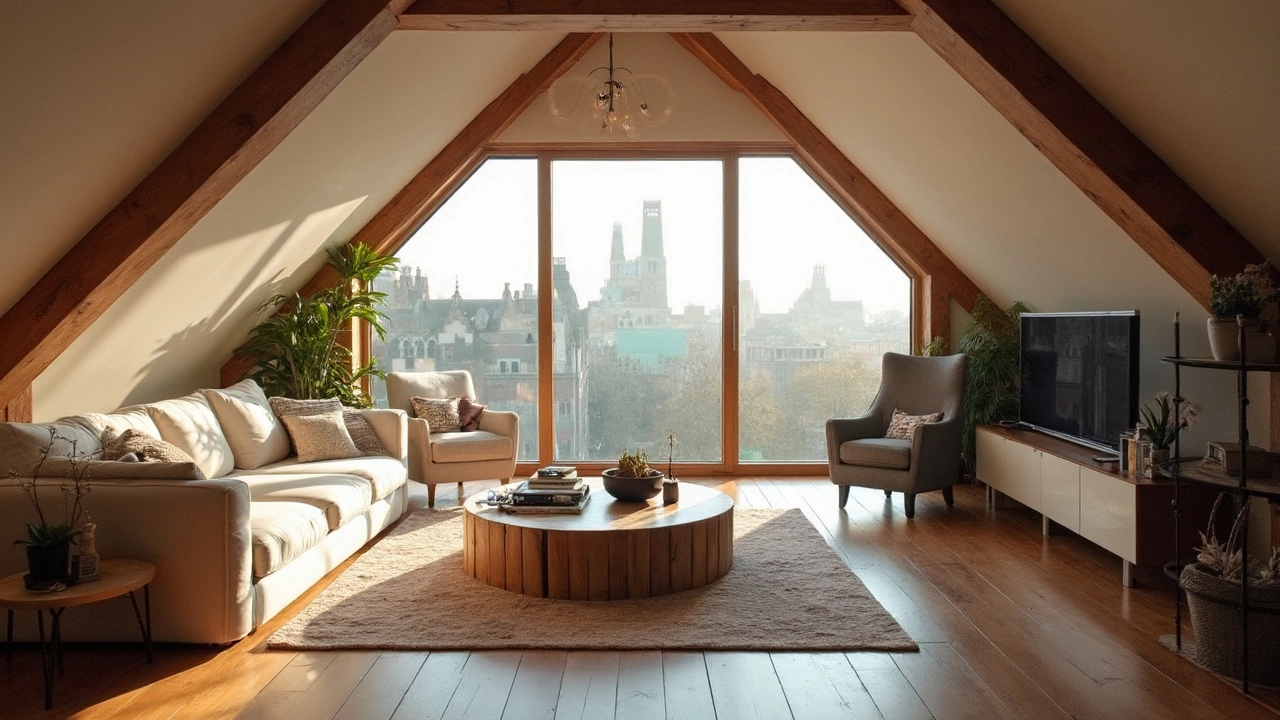Space Optimization: Practical Tips to Maximise Every Inch
Feeling like your home is cramped? You’re not alone. Most of us end up with rooms that feel too small, cluttered, or just plain inefficient. The good news is you don’t need to knock down a wall or buy a bigger house. Small changes to storage, layout, and even lighting can free up space and make rooms feel larger.
Smart Storage Hacks that Actually Work
First thing to tackle is storage. Look up high, think vertical. Tall shelves, floor‑to‑ceiling bookcases, and hanging racks use space you usually ignore. In the bedroom, try under‑bed boxes or pull‑out drawers – they’re perfect for off‑season clothes or extra linens. In the living room, a coffee table with hidden compartments can hide magazines, remote controls, or blankets without adding an extra piece of furniture.
Don’t forget the hidden spots. The back of a door is a goldmine for slim hooks or pocket organizers. Kitchen cabinets can gain an extra shelf by adding a simple wire rack. Even the space above kitchen cabinets can store rarely used items in labelled bins.
Layout Tricks to Open Up Any Room
How you arrange furniture can dramatically change a room’s feel. A common mistake is pushing large pieces against the wall and leaving a gap in the middle. Instead, float the sofa or bed away from the wall a few inches and create a clear pathway. This makes the space feel intentional, not cramped.
When it comes to sofas and beds, the “scatter cushion rule” helps too. Use a few cushions of different sizes, but keep the total number low – too many pillows take up visual space and make the room look cluttered. A quick cheat‑sheet: one large cushion, two medium, and a small accent works for most sofas.
Lighting plays a silent but powerful role. Bright, natural‑looking light can make walls recede, giving the illusion of more space. Consider full‑spectrum daylight bulbs in work areas or living rooms to mimic sunlight.
Another tip is to use mirrors strategically. A large mirror opposite a window reflects light and doubles the visible area. Just make sure the mirror is clean – a dirty mirror defeats the purpose.
Keep the Air Healthy and the Space Fresh
Space isn’t just about square footage. Poor air quality can make a room feel heavy. Mold in walls or basements not only damages structures but also makes occupants feel uncomfortable. Regularly check for signs of moisture, especially in new builds where hidden mold can appear. Simple fixes like good ventilation, dehumidifiers, and fixing leaks keep the air fresh and the space usable.
For bathrooms, small upgrades like new fixtures, fresh paint, or a patterned tile can transform a dull space without expanding it. A quick bathroom remodel timeline shows most small renovations finish in under a week, so you can enjoy the upgrade fast.
Choose Timeless Styles that Don’t Age Out
Trendy colours and patterns can make a room feel dated quickly. Stick to classic finishes like neutral walls, wood or metal accents, and simple shapes. When you want a pop of style, add accessories you can swap out – cushions, rugs, or artwork. This way you keep the core design fresh for years while still playing with trends like modern living‑room flooring or new‑era blinds.
Finally, remember that every home is unique. What works in a tiny city flat may not suit a countryside house. Test ideas on a small scale first – a single shelf or a new lighting fixture – before committing to a full‑room overhaul.
By using these storage, layout, lighting, and health tips, you’ll see how much you can gain without moving a single wall. Space optimization isn’t a miracle; it’s a series of small, sensible steps that add up to a home that feels bigger, brighter, and more comfortable.
Is It Worth Converting Your Loft? Practical Insights
- Gavin Whitaker
- |
- |
- 0
Loft conversions can transform unused attic space into functional living areas, boosting both property value and quality of life. With a variety of styles to choose from, including dormer and hip-to-gable conversions, homeowners can customize the look to fit their needs. Costs and regulations vary, so understanding local building codes and budgeting is crucial. Practical tips for designing and utilizing loft space can help make the most of this investment. Assessing the potential benefits and limitations will guide homeowners in deciding if a loft conversion is right for them.
View more